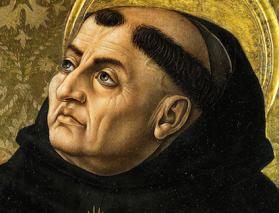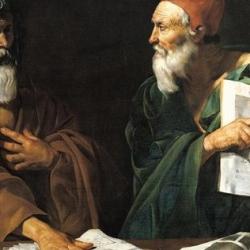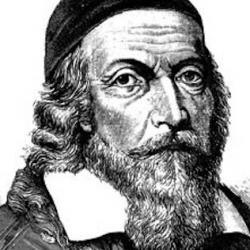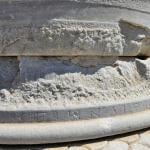Proctor again, speaking of Renaissance science: “In the science of the moderns, there arises a curious reversal of the order of art and nature. Art becomes the standard against which nature is judged. Francis Bacon’s ‘nature in distress’ – nature distraught by experiment – is as genuine as nature left alone. ‘The artificial,’ writes Bacon, ‘does not differ from the natural either in form or in essence, but only in the efficient.’ Art improves on nature: art is ‘nature with man to help.’”
One effect of this was the use of artificial models for the universe. The world became a machine, the heart a pump for Harvey and a spring for Hobbes, the universe a clock. The result was the overthrowing of the Greek ideal of theoria , which “implied a contemplative spectator who maintained a certain distance from his or her object . . . . Through theoria – that is, through looking on – he abandoned himself to the sacred events.” By contrast, “the new ideals that emerged from the amalgamation of the learning of artist-engineers, literary humanists, and academic scholars in fifteenth and sixteenth-century Europe repudiated this contemplative ideal, incorporating a practical dimension into the pursuit of theoretical knowledge. Science in the mechanical view implied that humans could control the world around them; knowledge becomes inextricably intertwined with the realization of practical human ends.”










